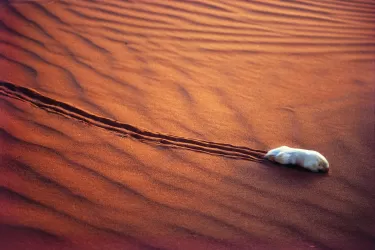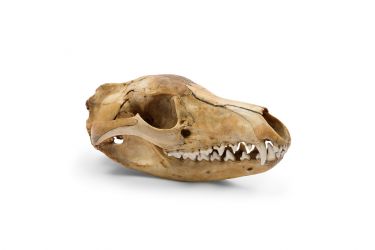Marsupials

Sciences & Technology
Scientists are discovering the deepest evolutionary secrets of Australia’s marsupial mole
Marsupial moles, Australia's enigmatic subterranean mammals, offer a fascinating glimpse into evolution, adaptation and conservation

Sciences & Technology
What five thylacine skulls can tell us about extinction
The Tasmanian tiger is extinct. The only specimens are in museums, but it’s amazing what five thylacine skulls can still tell us

Sciences & Technology
Piecing thylacine DNA back together
New research is using genomes from living thylacine relatives to build a new, chromosome-scale genome for the de-extinction of the Tasmanian tiger

Sciences & Technology
The 9 steps to de-extincting Australia’s thylacine
The reality of bringing back the Tasmanian tiger from extinction using its genome is now a step closer, but how will science make it happen?

Sciences & Technology
No bones about it, dunnarts crawl before growing a skeleton
New insights into the development of the dunnart – or marsupial mouse – provide a model animal to study other unique Australian fauna and could aid conservation efforts

Sciences & Technology
Tasmanian tigers start to look like dogs in the pouch
The Tasmanian tiger and wolf evolved similar genetic blueprints and lifestyle strategies, generating similar skull shapes even at the puppy stage, finds a new study

Sciences & Technology
Herbicide impacts marsupial reproduction and development
New research shows atrazine, a herbicide banned in the EU but widely used in Australia, causes abnormalities in marsupial genitalia

Sciences & Technology
The wallaby that's permanently pregnant
The swamp wallaby, an iconic Australian marsupial, has accomplished an incredible reproductive feat as the only mammal known to be pregnant and lactating throughout the female’s entire adult life

Sciences & Technology
The shared evolution of the Tasmanian tiger and the wolf
Through a molecular quirk, two distant mammalian cousins evolved to look more like twins finds new research

Sciences & Technology
A wombat, a koala and a rabbit in a burrow
Camera traps are amazing tools that allow researchers to peek into the lives of shy marsupials, but sometimes the animals they ‘capture’ are surprising